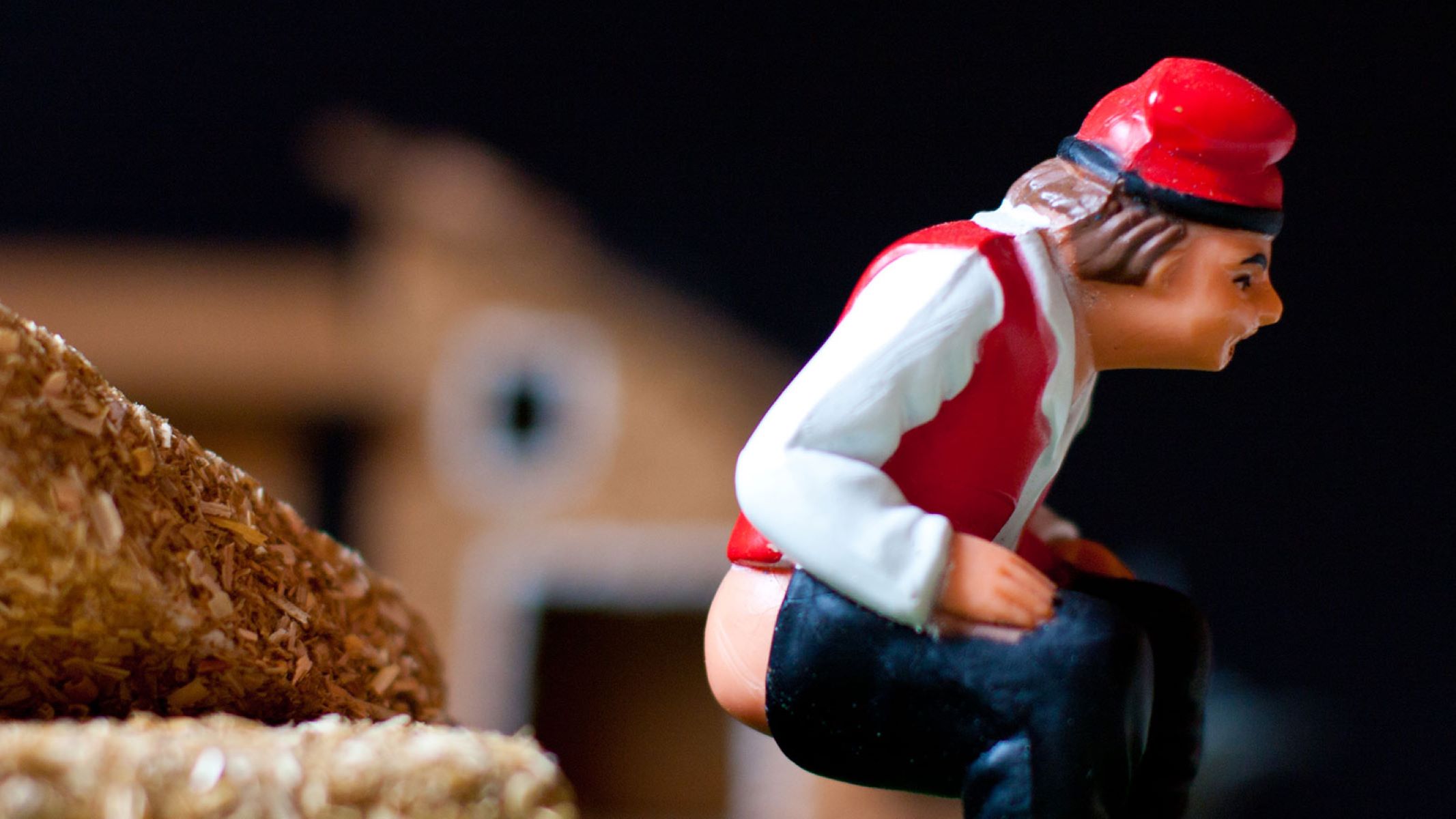The Mystery Behind The ‘Defecating’ Catalan Christmas Figurine

Have you ever heard of a Christmas tradition that involves a figurine defecating? In Catalonia, Spain, the Caganer is a unique part of holiday celebrations. This small figure, often hidden in nativity scenes, shows a person squatting with their pants down. It might sound strange, but the Caganer has been around for centuries. People believe it brings good luck and fertility to the land. Farmers even think it helps ensure a good harvest. Curious about how this quirky tradition started and why it continues today? Let's dig into the history and meaning behind the Caganer.
The Origins of the Caganer
The Caganer is a unique figure in Catalan Christmas traditions. This small figurine, often depicted as a peasant wearing traditional Catalan attire, is found in nativity scenes. But why is this figure defecating?
Historical Background
17th Century Beginnings
The Caganer dates back to the late 17th or early 18th century. It is believed to have originated in rural areas of Catalonia, Spain. Farmers considered it a symbol of fertility and good luck, ensuring a bountiful harvest.Symbolism
The act of defecation symbolizes fertilizing the earth. This gesture is seen as a way to bring prosperity and good fortune to the land and its people.
The Role of the Caganer in Modern Nativity Scenes
In contemporary times, the Caganer maintains its place in Catalan nativity scenes, known as "pessebres." It adds a touch of humor and humanity to the otherwise solemn depiction of the birth of Jesus.
Placement and Popularity
Hidden Among the Figures
Traditionally, the Caganer is hidden somewhere in the nativity scene, often behind a tree or a building. Finding it has become a fun game for children and adults alike.Cultural Significance
The Caganer represents the idea that no matter how important the event, everyday human activities continue. It brings a sense of realism and humility to the nativity scene.
Variations and Modern Interpretations
Over the years, the Caganer has evolved. Today, you can find figurines representing famous personalities, politicians, and even superheroes.
Diverse Representations
Celebrity Caganers
Modern Caganers often depict celebrities and public figures. From politicians like Barack Obama to sports stars like Lionel Messi, these figurines add a contemporary twist to the tradition.Pop Culture Icons
Characters from movies, TV shows, and comic books have also been turned into Caganers. This keeps the tradition alive and relevant for younger generations.
The Caganer Beyond Catalonia
While the Caganer is most popular in Catalonia, its fame has spread to other parts of the world. Collectors and enthusiasts from various countries have embraced this quirky tradition.
Global Appeal
International Markets
Shops in cities like Barcelona and Girona sell Caganers to tourists from around the globe. Online stores also offer a wide range of these figurines, making them accessible to a broader audience.Cultural Exchange
The Caganer has become a symbol of Catalan culture, often featured in exhibitions and cultural exchanges. It serves as a conversation starter, sparking interest in Catalonia's rich traditions.
Conclusion
The Caganer is more than just a humorous addition to the nativity scene. It embodies the spirit of Catalan culture, blending tradition with modernity. Whether you're a local or a visitor, spotting the Caganer in a nativity scene is sure to bring a smile to your face.
Embracing Catalan Traditions
The 'Defecating' Catalan Christmas Figurine might seem odd at first, but it’s a beloved part of Catalan culture. This quirky figure, known as the Caganer, symbolizes fertility and good fortune for the coming year. Found in nativity scenes across Catalonia, it’s a reminder of the region's unique blend of humor and tradition.
Adding a Caganer to your holiday decorations can be a fun way to honor this centuries-old custom. Whether you’re visiting Catalonia during the holidays or simply curious about different Christmas traditions, understanding the Caganer offers a deeper appreciation of Catalan heritage. So next time you see this unusual figure, remember it’s more than just a joke—it’s a symbol of prosperity and a cherished piece of Catalan history.

